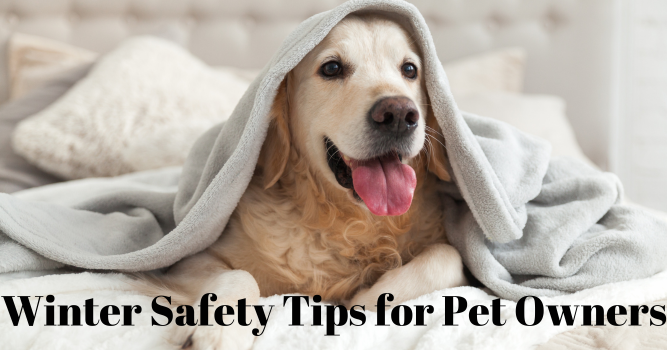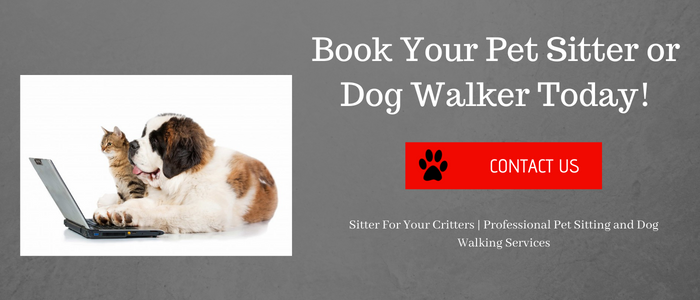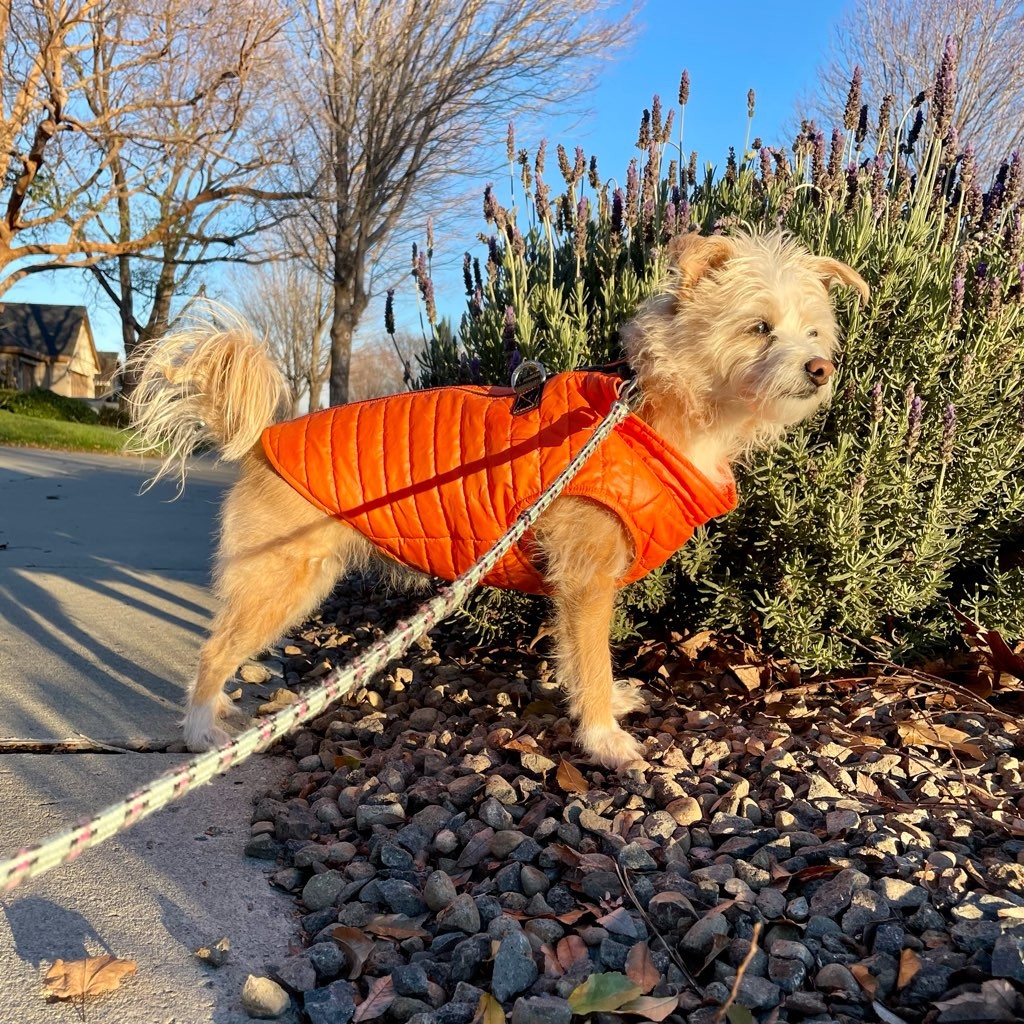Winter Safety Tips for Pet Owners: Keeping Your Furry Friends Cozy and Safe!
Winter is upon us, bringing along its colder weather and chilly winds. While we layer up in cozy sweaters and sip hot cocoa, it’s crucial to remember that our furry companions also need special care during this frosty season. A good rule of thumb is if it’s too cold for you outside it is most likely too cold for your pets. Keeping our pets warm during the winter months is vital for their overall health and well-being.

This blog post is dedicated to providing essential winter safety tips for pet owners. Let’s ensure our pets enjoy the winter wonderland just as much as we do, but safely!
Signs Your Pet Is Cold
Shivering:
This is a clear sign your pet is cold. Shivering is an involuntary response to maintain body temperature. Shivering is one of the early signs of hypothermia. This is a sure sign to bring them indoors where they can get warm.
Whining or Anxious Behavior
If your pet seems more vocal or anxious than usual, it might be due to the cold.
Hunching, Tucking or Curling Up
Notice your pet hunching its body and tucking its tail or If they are in a tight ball. Your pet is trying to conserve heat and get as warm as possible.
Reluctance to Walk
If your pet seems hesitant to go on walks or move around, the cold might be bothering them.
Cold Ears and Body
Feel their ears and body; if they’re unusually cold, it’s a definite sign they are too cold and it’s time to warm them up.
The Dangers of Hypothermia
Hypothermia in pets is a serious winter hazard, often sneaking up silently and posing grave risks. When pets are exposed to freezing temperatures, especially in wet conditions, their body temperature can plummet, leading to hypothermia. This condition drastically slows down their physiological processes, causing symptoms like intense shivering, lethargy, and weakened responses.
If left unchecked, it can progress to more severe signs such as stiff muscles, shallow breathing, and even collapse or coma.
To prevent this, it’s crucial to limit your pet’s time outdoors in extreme cold, provide them with warm, dry shelter, and consider insulating clothing like sweaters or coats, particularly for short-haired breeds. Additionally, keeping them dry and out of the wind, and ensuring they have a cozy and warm place to retreat indoors, are key steps in safeguarding your beloved pets from the dangers of hypothermia.

Tips For Keeping Your Pets Warm
Keep Your Pets Indoors
The easiest way to keep your pets safe in to have them inside with you. Your pets will appreciate the warmth of being inside. If you don’t want them running free in your house you can create a safe space for them in one area of the house.
Keep Them Dry
Wet pets get cold faster. Dry them off thoroughly after they’ve been outside.
Provide Warm Shelter
Ensure they have a cozy, dry, draft-free place to sleep.
Limit Outdoor Time
During extreme cold, reduce the time your pet spends outside.
Consider Clothing
Some pets are not fond of wearing a sweater/jacket but others love being snug in their coat. A sweater or coat can be necessary for pets with short hair during the colder months.
Watch for Signs
Knowing the early signs of hypothermia can help you act quickly.
A few extra steps can ensure your pet stays warm and toasty.

Cozy Bedding
Invest in warm, comfortable bedding. Elevate beds off cold floors if possible.
Heating Pads
Heated pet beds or safe heating pads can add extra warmth.
Indoor Play
Keep them active indoors with toys and games.
Proper Nutrition
A well-fed pet is better equipped to handle the cold.
Regular Vet Checks
Regular check-ups ensure your pet is healthy and ready for winter.
Top Safety Tips for Pet Owners This Winter
Finally, here are some essential tips for pet safety during winter walks and outings:
Use Reflective Gear
With shorter days, reflective collars or leashes enhance visibility.
Wipe Their Paws
This removes ice, salt, and chemicals that can be harmful if licked.
Avoid Frozen Water Bodies
Keep them away from ponds or lakes that might not be fully frozen.
Leash Your Pet
Snow and ice can mask familiar scents, increasing the risk of pets getting lost.
Check Their Paws
Look for signs of injury or cracked pads.
Beware of Antifreeze
It’s poisonous but has a sweet taste that attracts pets. Clean up spills immediately.
Stay Off Ice
Avoid walking on ice as it can be unpredictable and dangerous.
Update IDs and Microchips
In case your pet gets lost, updated information is crucial.
Dress Them Appropriately
If your pet is short-haired, consider a coat or sweater.
Remember, winter safety tips for pet owners are all about vigilance and preventive measures. By understanding the signs of cold stress, the dangers of hypothermia, and simple ways to keep your pet warm and safe, you can ensure your furry friend enjoys the winter wonderland just as much as you do!
So, tell us, what are your favorite winter activities with your pet? Share your tips and tricks in the comments below!
